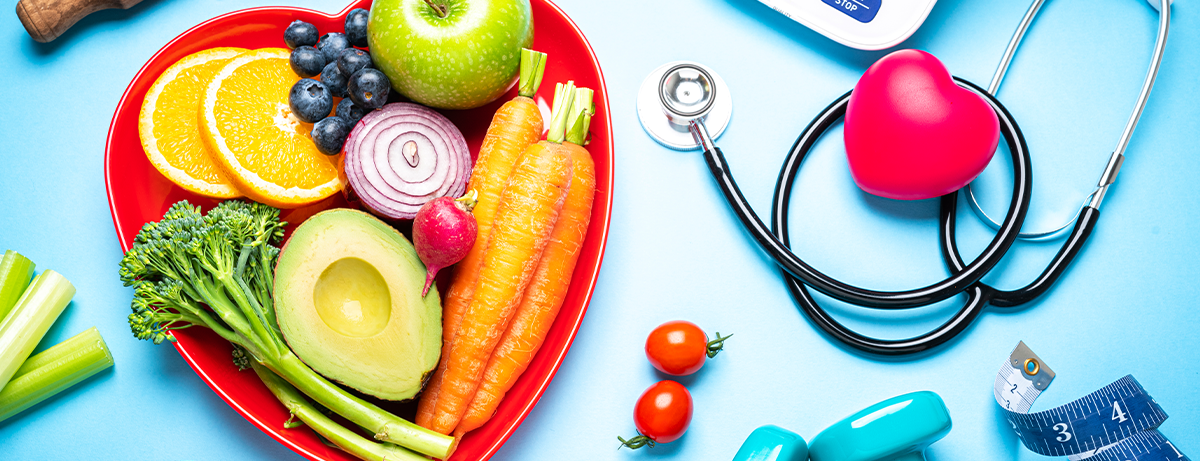Managing Borderline Hypertension Without Drugs

Even if your blood pressure is normal or high-normal, you’re still at increased risk for hypertension (high blood pressure), the condition in which your heart works too hard and the resulting forceful blood flow harms arteries.
But it’s possible to keep your blood pressure from rising, or even push it back to the optimal range (120/80) if you change your health habits, especially if you’re overweight.
The moment you start a lower-calorie, heart-healthy diet and lose weight, your blood pressure could begin to fall. High blood pressure is 140/90 mm Hg or greater. Systolic blood pressure between 130 and 140 mm Hg or a diastolic blood pressure between 80 and 90 mm Hg is considered prehypertension. Both hypertension and prehypertension can increase your risk for stroke, coronary heart disease and congestive heart failure, especially if it’s uncontrolled.
Here are a few lifestyle suggestions for keeping your blood pressure in check:
Exercise your options
Work out regularly and build more physical activity into your day even if you’re not overweight. For example, pace while talking on the phone, walk instead of driving, or play with your children instead of watching from the sidelines. There’s evidence that exercise alone slightly lowers blood pressure and it can also make weight loss easier, even if you don’t reduce calories. People who exercise burn calories more efficiently than those who don’t.
Test your salt sensitivity
Some people with borderline hypertension, especially African Americans, are salt-sensitive. When they consume salt, they see a rise in their blood pressure. When they reduce their salt intake, their blood pressure falls.
If you’re salt-sensitive, it may help to go on a reduced-sodium diet, such as the DASH Eating Plan, developed by the federal government’s National High Blood Pressure Education Program. Rich in fruits and vegetables, this Mediterranean-style diet also includes low-fat dairy products. It has been found to prevent high blood pressure and lower it as effectively as many prescription drugs.
Get more potassium
The recommended daily potassium intake is 4,700 mg, but Americans average 2,723 mg, according to a large, long-term government study. Americans definitely don’t get enough potassium, which is associated with reduced blood pressure.
To increase your intake and reduce your hypertension risk, try consuming more of potassium-rich foods, such as cantaloupe, bananas and orange juice.
Don’t smoke
Smoking only increases blood pressure when you’re actually smoking. That causes some smokers to say, ‘Well, I only smoke for five or six minutes, so it doesn’t matter.” But it does. If you smoke 20 to 30 times a day, the amount of time your blood pressure is elevated because of smoking quickly adds up to several hours.
For women who take birth-control pills, smoking is especially dangerous if their blood pressure is already slightly elevated.
Smoking is the most important preventable cause of premature death in the United States. For your overall health and to reduce your risk for heart attack and stroke, avoid all forms of tobacco as well as secondhand smoke. IN short, if you smoke, quit.
